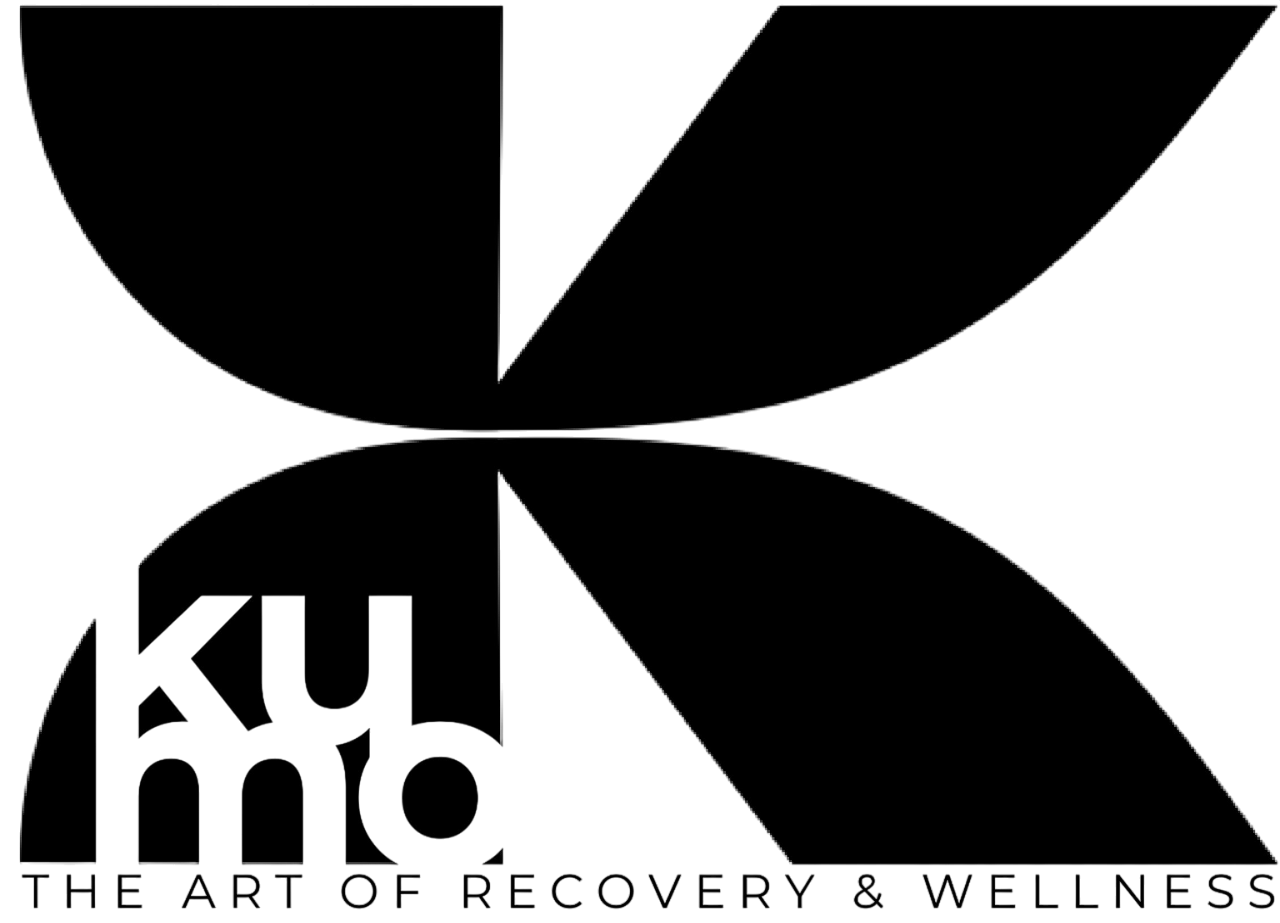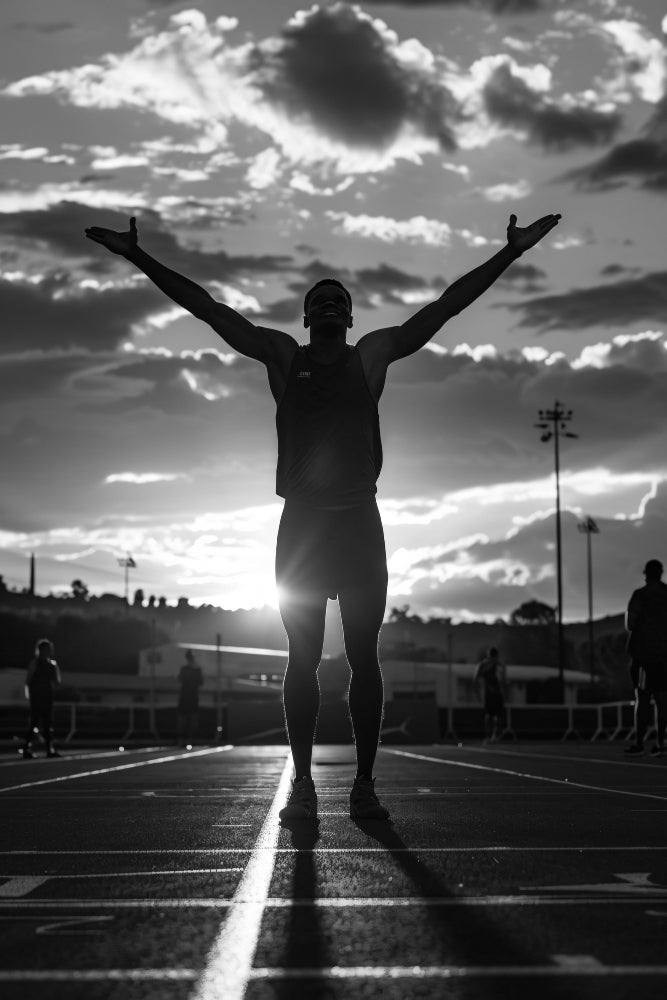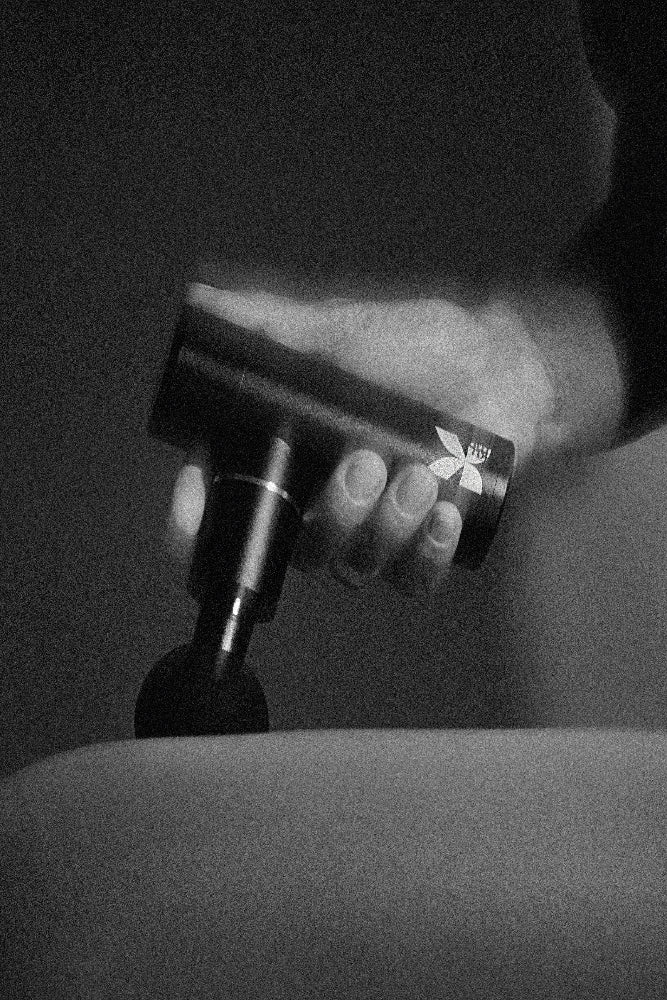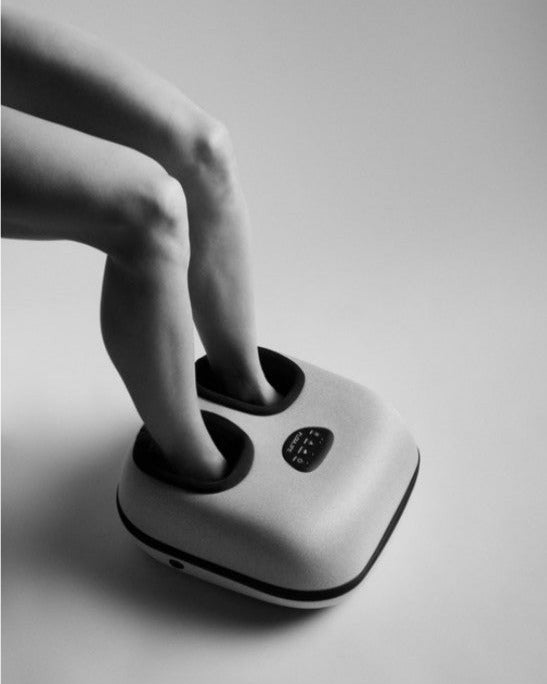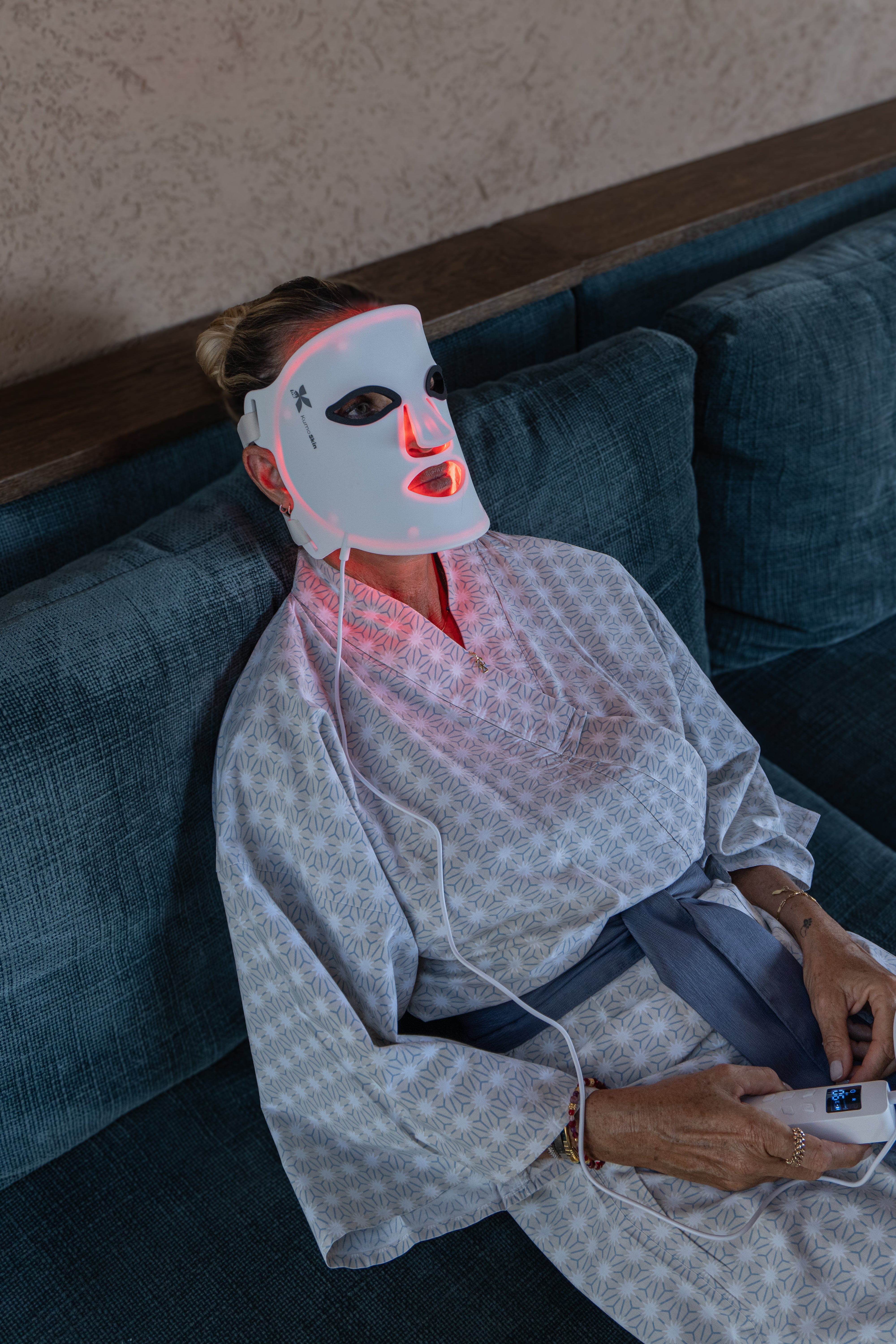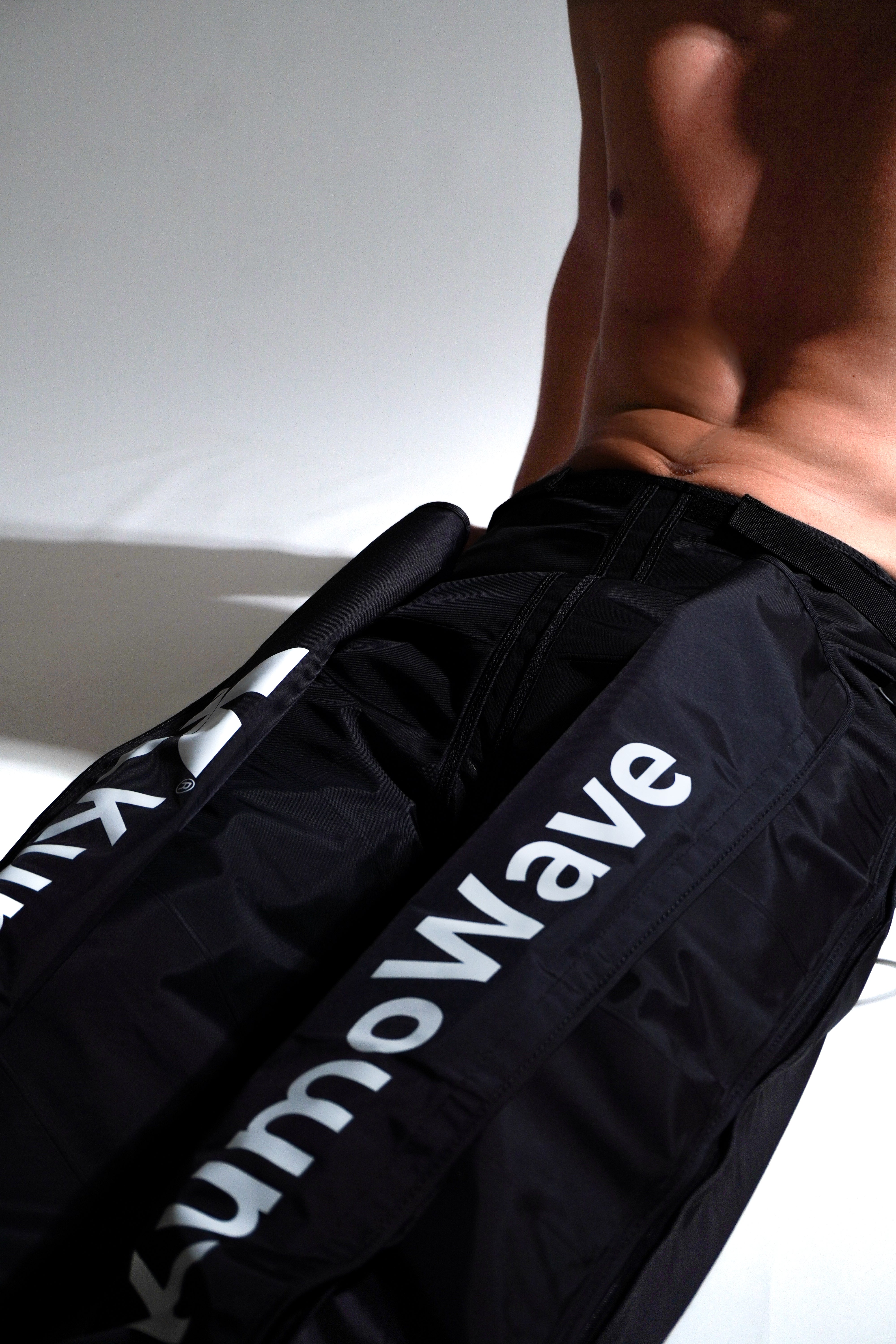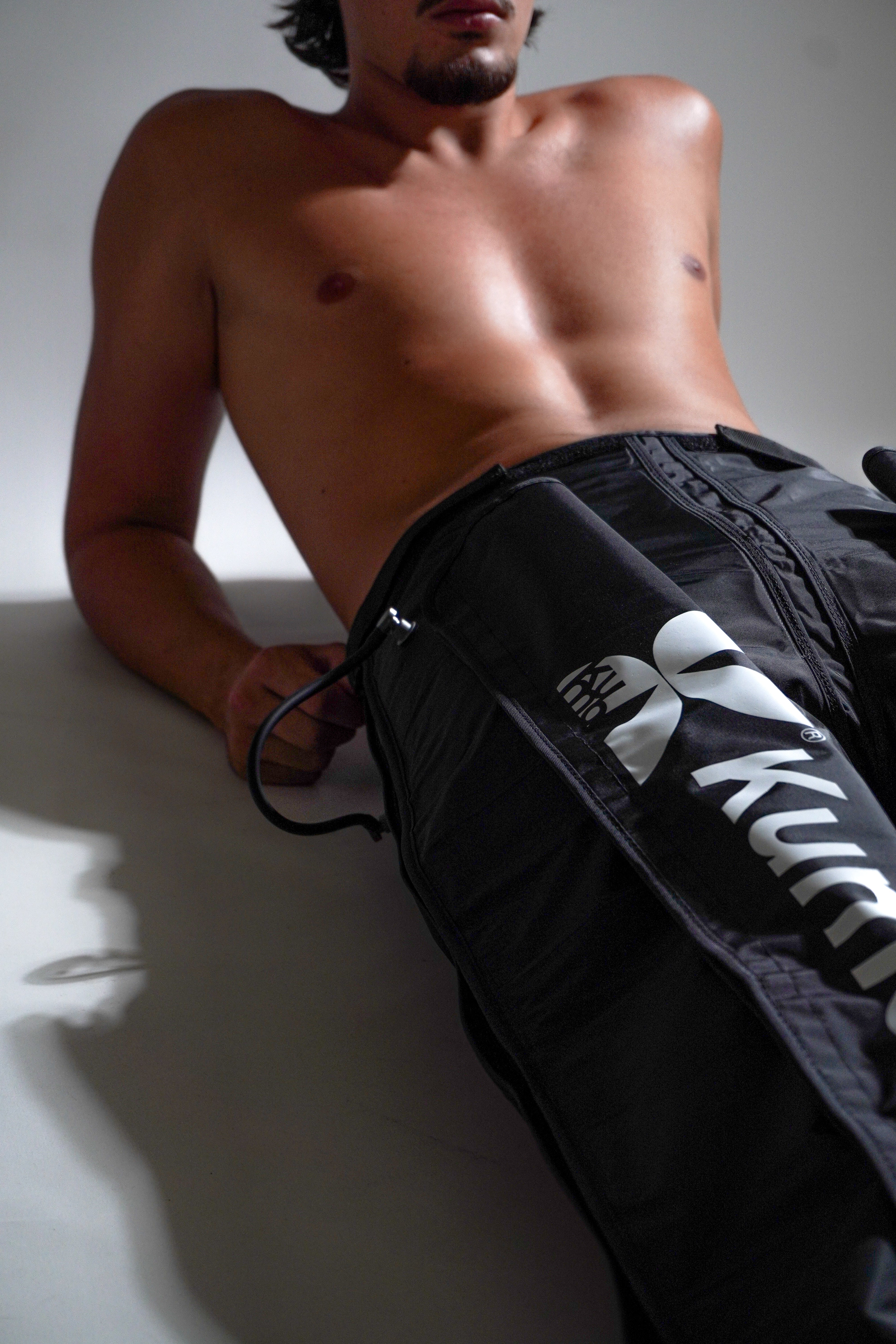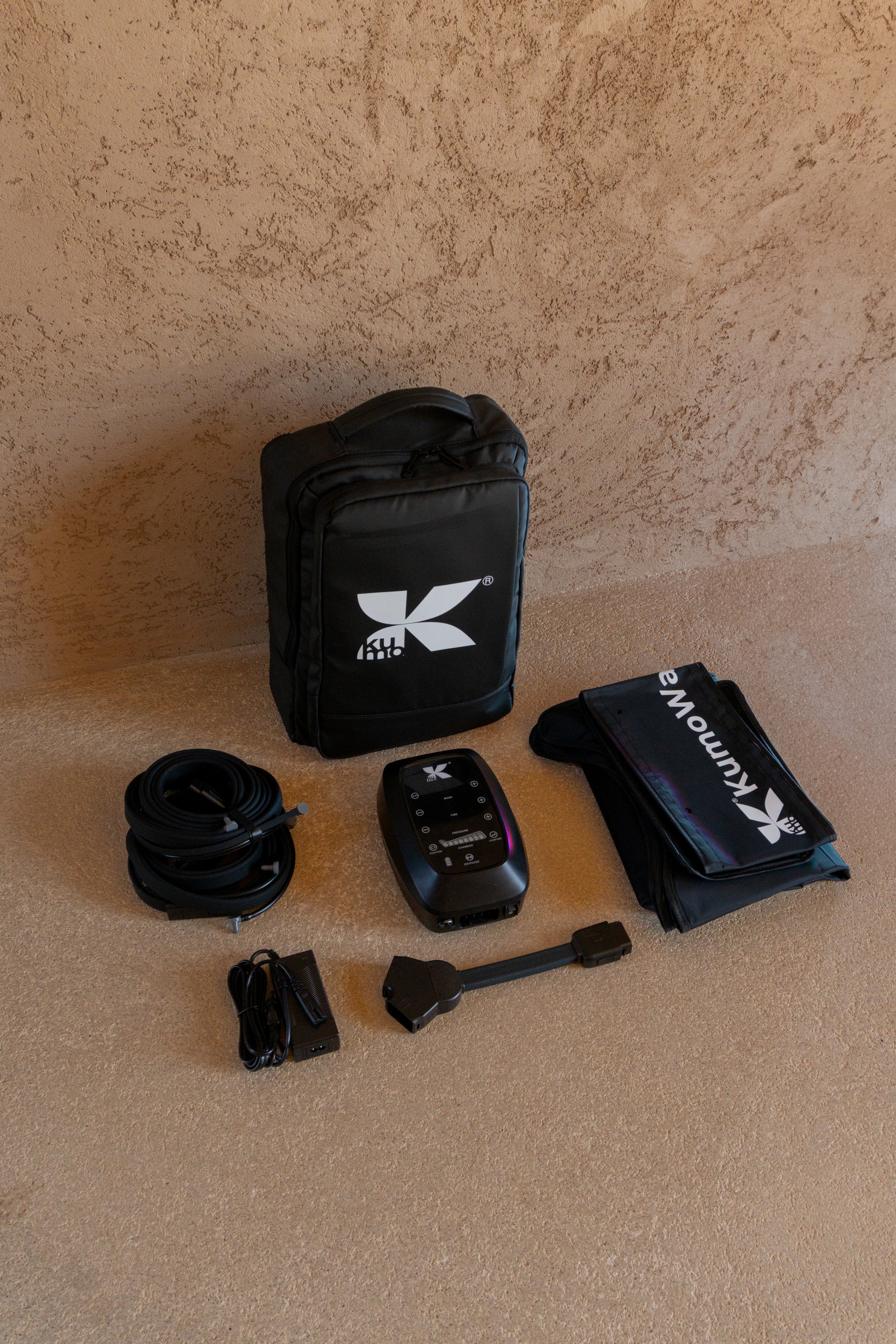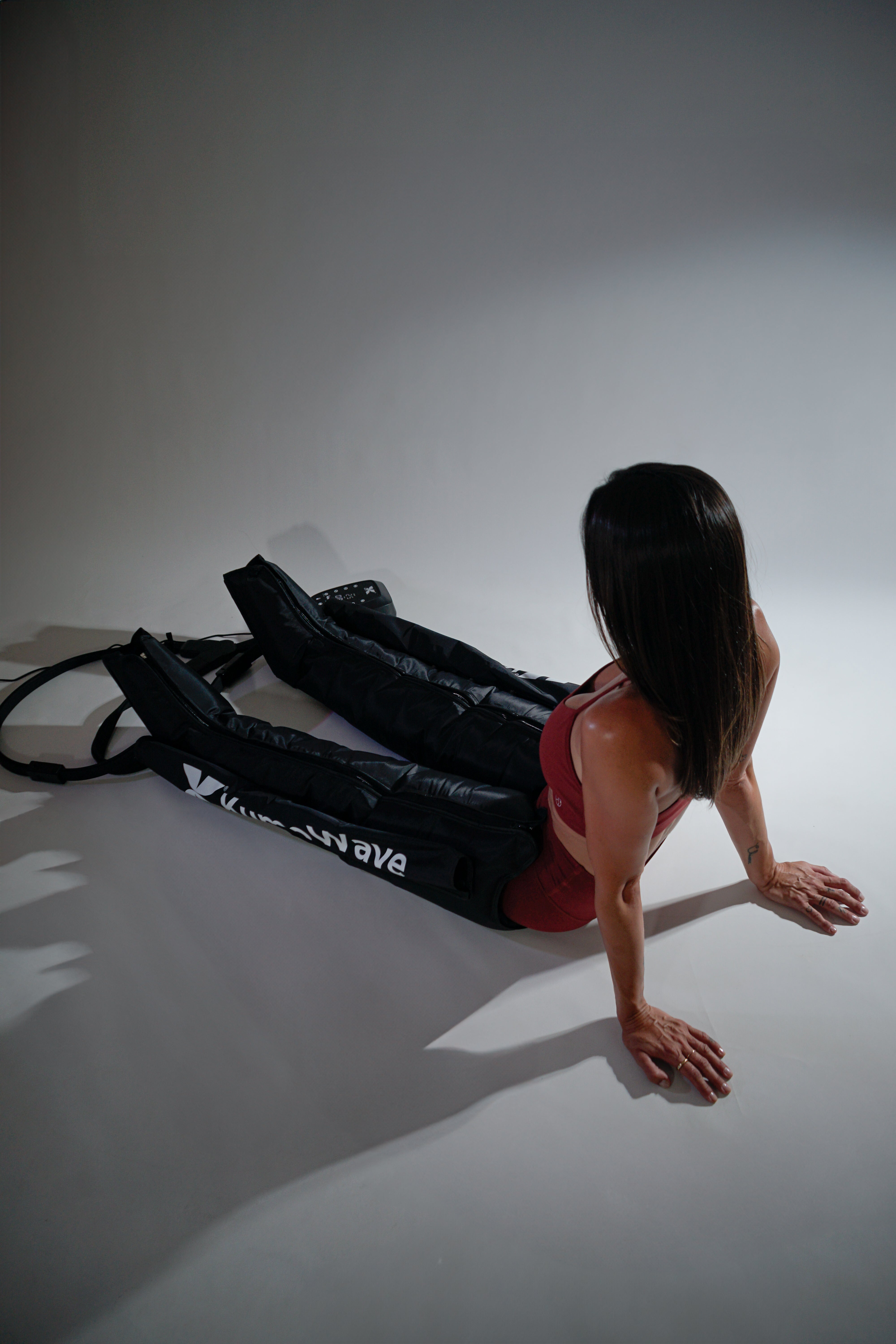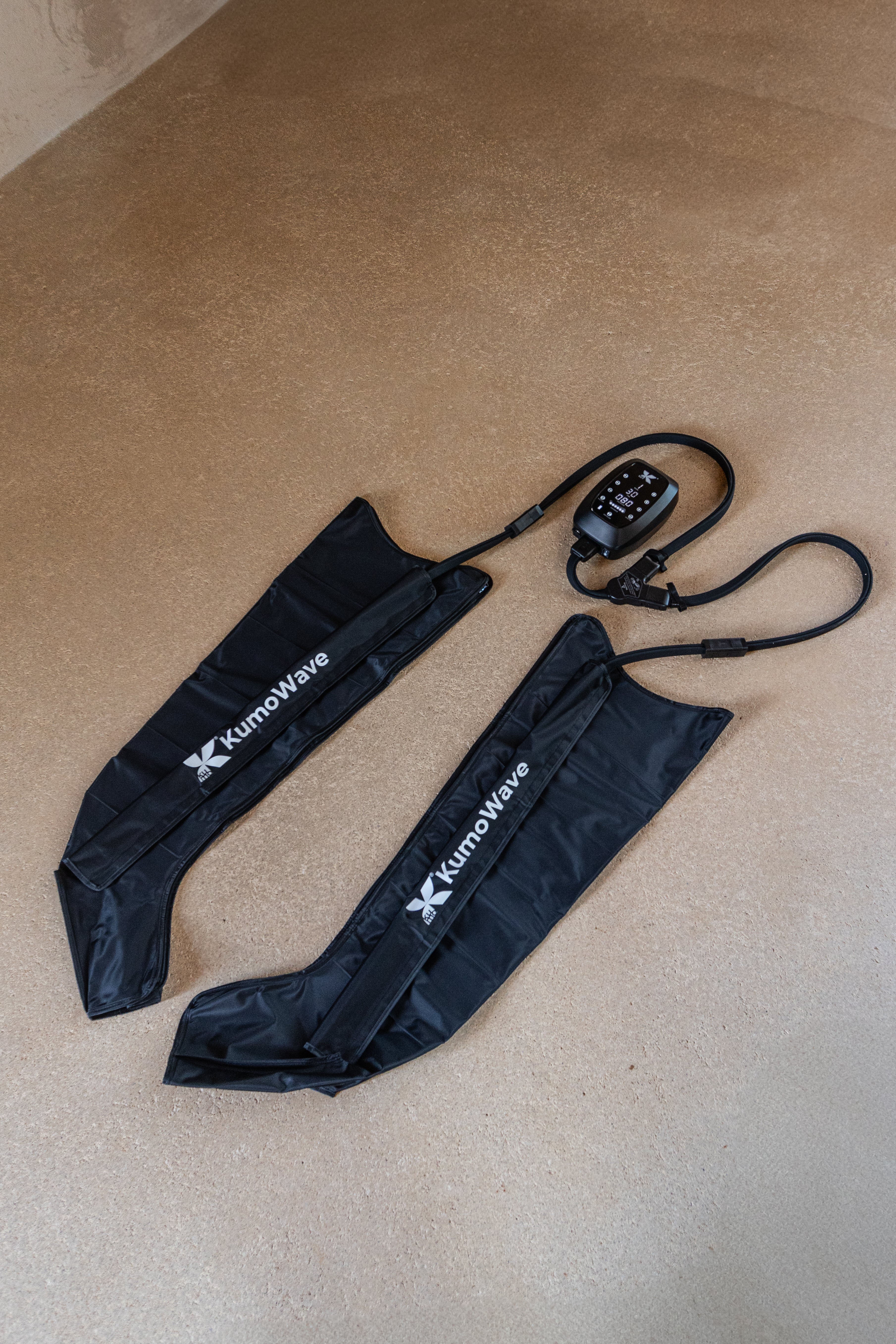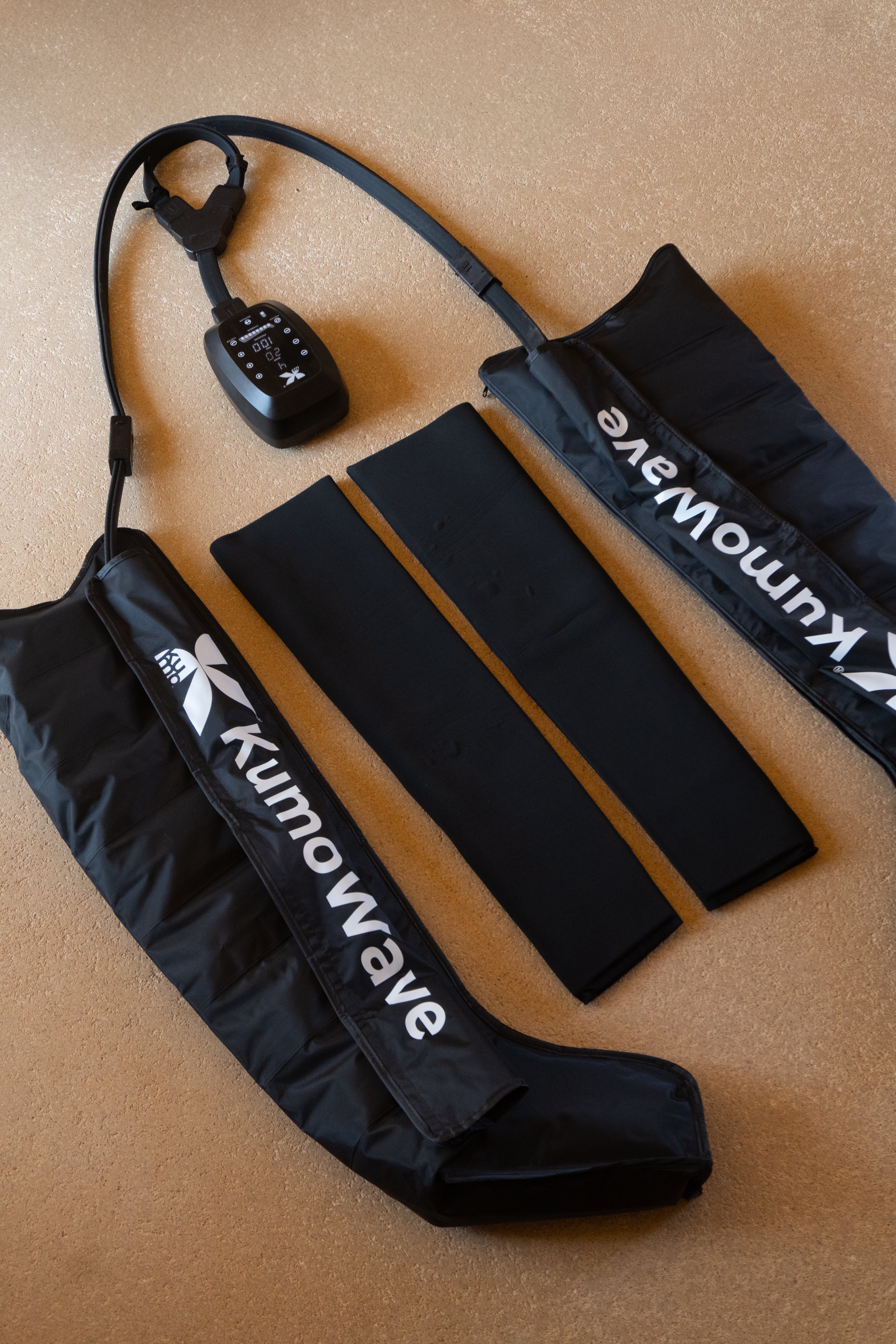Pressure therapy boots: safety and contraindications. If you're wondering if they're right for you, here's when to use them, when not to, and how to do so responsibly.
Pressotherapy using intermittent pneumatic compression can relieve leg heaviness, improve venous return, and support muscle recovery. However, it's not for everyone or every situation. Below, we outline the contraindications, potential risks, and guidelines for safe use based on clinical recommendations and best practices.
Coming soon
- Suitable for most healthy adults when used with low-medium pressures, progressive sessions, and good size/fit.
- Avoid in cases of acute deep vein thrombosis, severe peripheral arterial disease, decompensated heart failure, active skin infections, and open wounds.
- Caution in pregnancy, postoperative, neuropathies or lymphedema: use only with professional advice.
- Warning signs: sharp pain, numbness, cold/pale color change, dizziness, or shortness of breath; stop and seek medical advice.
- Integrate pressotherapy into a comprehensive recovery routine with movement, hydration, and rest.
| Situation | Recommendation | Quick note |
|---|---|---|
| Deep vein thrombosis (suspected or recent) | Contraindicated | Risk of mobilizing the clot (immediate medical consultation). |
| Severe peripheral arterial disease/ischemia | Contraindicated | Compression may worsen distal perfusion. |
| Decompensated heart failure | Contraindicated | Increases venous return and cardiac load. |
| Active skin infections, open wounds | Do not use | Wait for resolution/healing; follow health advice. |
| Pregnancy without complications | With caution | Gentle pressure, short sessions, and medical approval. |
How they work and why they are used
Intermittent pneumatic compression boots inflate and deflate bladders in segments to "push" blood and lymph from the foot toward the thigh. This sequential pattern promotes venous return and can reduce edema and the feeling of tired legs. In sports, they are used to support post-workout recovery.
The therapy has a clinical basis in thrombosis prevention and edema management when appropriately indicated. Centers like the Cleveland Clinic explain that sequential devices help maintain flow and reduce venous stasis in specific settings, under medical supervision. Beyond the hospital setting, its home version is geared toward wellness and daily recovery. If you're interested in quality solutions, explore our pressotherapy collection .
Correct use combines proper fit, moderate pressure, and active listening to the body's sensations.
For a 360° recovery, you can complement it with red LED light therapy or a massage gun like KumoPulse Air , depending on your goal.
Contraindications: when not to use pressotherapy
The following situations require avoiding pressotherapy or using it only with professional authorization. Guidelines such as NICE (NG89) and clinical resources consistently highlight these scenarios.
Acute vascular disorders
- Suspected or recently diagnosed deep vein thrombosis (DVT) or pulmonary embolism.
- Severe peripheral arterial disease or critical limb ischemia.
- Active ischemic ulcers. Rationale: Compression may alter hemodynamic balance or mobilize blood clots. See clinical references from NICE and the Cleveland Clinic.
Heart problems and blood pressure
- Decompensated heart failure.
- Uncontrolled hypertension. Compression increases venous return, which can overload the heart or destabilize tension in high-risk groups.
Dermatological conditions and infections
- Cellulitis, erysipelas, or other active infections in the leg.
- Open wounds, recent burns, severe dermatitis or marked skin fragility. Skin integrity is essential to prevent pain, worsening of injuries, or spread of infection.
Neuropathies and reduced sensitivity
- Peripheral neuropathy (e.g., diabetic) or loss of sensation. If you feel less pain or pressure, the risk of overdoing it without realizing it increases. Very gentle adjustments and supervision are required.
Pregnancy and postpartum
- Pregnancy without complications: possible with gentle pressure and medical approval.
- Complications (preeclampsia, high thrombotic risk, placenta previa, etc.): do not use unless expressly indicated by a health professional. Always prioritize individualized professional assessment.
Postoperative, lymphedema and other conditions
- Postoperative: In the hospital, it's used according to defined protocols; at home, only if your medical team indicates it and gives you parameters.
- Lymphedema: Compression may be part of the treatment, but it should be integrated into a prescribed plan (e.g., with lymphatic drainage and specific garments). Consult the literature and clinical practice guidelines or your specialist physical therapist. General review in PubMed .
Possible risks and side effects
Although infrequent with correct use, they may appear:
- Tingling, numbness, or stabbing pain.
- Intense blush, persistent marks, petechiae.
- Coldness or paleness in the foot/toes.
- Dizziness, discomfort or shortness of breath.
If you experience any of these signs, stop the session. If symptoms persist or are severe, consult a healthcare professional. Improper adjustment, excessively high pressure, or excessive sessions are often responsible for most minor issues.
Safe use: practical guidelines
- Before you start:
- Review contraindications and, if you have any medical conditions, ask your doctor or physical therapist for the green light.
- Choose the correct size (measure the circumference and leg length) and place the boots without creases on the fabric.
- During the session:
- Start with gentle pressure and short bursts; progress gradually as tolerated.
- Maintain a comfortable posture, legs slightly elevated, and don't fall asleep on the equipment if you're just starting out.
- After:
- Hydrate, move gently, and see how your legs feel in the hours that follow.
- Hygiene and maintenance:
- Clean surfaces that come into contact with your skin and ventilate your equipment to reduce irritation and prolong its lifespan.
Useful add-ons:
- Red light can support muscle recovery and rest; check out our LED light therapy .
- To release specific tension points, combine with a massage gun like KumoPulse Air at different times of the day (not immediately on irritated areas).
If you have any questions about fit or feel during use, please contact us ; the KUMO team can guide you through the setup.
Warning signs: when to stop and consult
- Sharp or increasing pain during compression.
- Numbness, tingling that does not subside when the pressure is lowered, or loss of strength.
- Cool/pale or purple color changes in the toes.
- Sudden asymmetric swelling, shortness of breath, or chest pain: medical emergency.
If something "doesn't feel right," stop the session, release the compression, and consult a doctor. Your comfort and safety come first.
To learn about KUMO's recovery philosophy and solutions, visit our official website .
FAQ
How long and how often should you wear boots?
There's no one-size-fits-all prescription: it depends on your health, goals (wellness, post-workout recovery, edema management), and tolerance. As a general rule, start with short sessions and gentle pressure, observing your legs' response over the following hours. If all goes well, gradually increase the intensity. Always follow the manufacturer's manual, and if you have medical conditions or are postoperative, ask your healthcare professional for a personalized protocol.
Can I use them if I have varicose veins or venous insufficiency?
In many cases, sequential compression relieves heaviness and improves venous return, so it can be helpful. However, if you have active ulcers, unusual pain, or suspected thrombosis, do not use them and consult your doctor. Properly fitting the size, avoiding high pressure, and monitoring your skin after the session helps minimize risks. A vascular professional can confirm whether pressure therapy is appropriate for your specific case and under what parameters.
Is home pressotherapy the same as in-clinic pressotherapy?
They share the principle of intermittent pneumatic compression, but differ in supervision, protocols, and sometimes segmentation/algorithms. In the clinic, the indication and parameters are defined by the healthcare team within a treatment plan (e.g., DVT prevention or lymphedema management). At home, the focus is typically on wellness and sports recovery, with more conservative adjustments and self-observation. If you are moving from a clinical to a home setting, ask for clear guidelines for a safe transition.
Do they serve before or after exercise?
They can be used as a post-exercise recovery aid to relieve the feeling of sore legs and promote rest. They don't replace a warm-up or pre-workout mobility routine. Avoid them for acute injuries, severe inflammation, or pain you don't understand. Use them as a complement to essential habits: proper hydration, sleep, and nutrition. For a more comprehensive routine, combine them with red light therapy or myofascial release using KumoPulse Air .
To remember
- Pressotherapy is safe for most if used in moderation and with a good fit.
- There are clear contraindications: DVT, severe arterial disease, skin infections, and decompensated heart failure.
- Pregnancy, postoperative, neuropathies and lymphedema require professional evaluation.
- Warning signs = stop and consult; comfort should never be sacrificed.
- Integrate compression into an overall recovery strategy, not as the only resource.
- Discover options designed for your well-being in the pressotherapy collection or learn more about KUMO on our homepage .
